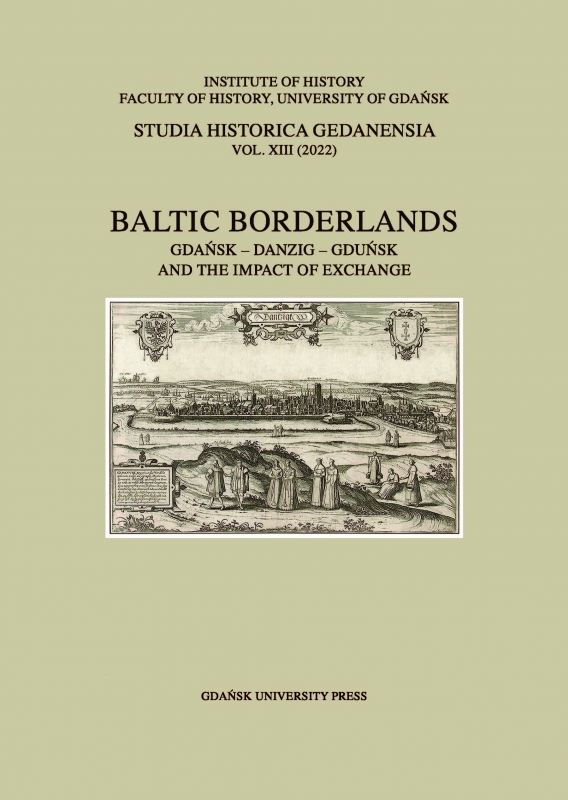Gdańsk: Specificity of Its Architecture in the Modern Era. The Question of National and Regional Identity
Gdańsk: Specificity of Its Architecture in the Modern Era. The Question of National and Regional Identity
Author(s): Małgorzata OmilanowskaSubject(s): History, Fine Arts / Performing Arts, Architecture, Modern Age
Published by: Wydawnictwo Uniwersytetu Jagiellońskiego
Keywords: Architecture of the 19th and twentieth centuries; national identification; Neo Renaissance; Danzig; Gdańsk; history of architecture
Summary/Abstract: The architectural heritage and the mode of its analysis and interpretation, especially in the perspective of the national and regional question, can and often does become an issue prone to manipulation. The attempts to define national and regional identity by means of cultural legacy have accompanied research into art and also the creation of modern architecture in the spirit of national Historicism since the 19th century. The place where the phenomena can be observed in a particularly acute way is Gdańsk, a city of extremely complicated identity, multicultural structure, and a rich architectural output, the latter having been on a number of occasions subject to national interpretations or over‑interpretations.The architecture of Gdańsk has for years been the subject of a heated debate of both German and Polish architects, historians of architecture, and conservators. In recent years politicians have also joined in the debate, and so have writers. Discussed have been the general attempts to define factors and means of visual identification, definitions of cultural belonging, and definitions of the historical‑architectural affiliation of the cultural heritage of the city. Another debate issue has been the need to apply all this heritage or its elements to the creation of the urban landscape (both as new districts and filling in the architectural substance in the old ones) as clear signs of regional identification. At the same time, the majority of monuments have become the subject of scholarly abuse and interpretative manipulation, used for the sake of propaganda or merely rhetoric, often with no understanding of architectural issues or the specificity of the history of architecture on this territory.
Journal: Studia Historica Gedanensia
- Issue Year: 2022
- Issue No: 13
- Page Range: 178-196
- Page Count: 19
- Language: English

